She Could Fly is a first-person point-and-click, narrative-driven game that has been inspired by the graphic novel of the same name, which focuses on the struggles that people with OCD face on a daily basis. There are many who think OCD is just a small personality trait for some when they can’t stand an unorganised and messy house. I was one of those people until I played this game, which has helped to bring to my attention the severe issues that people with OCD have to face.
If anyone is not aware of OCD (Obsessive-Compulsive Disorder), it’s a serious mental health condition with debilitating effects that is driven by distressing intrusive thoughts and exhaustive compulsions. Current estimates suggest that a staggering 1-2% of the UK population lives with OCD, or approximately 670,000 to 1.3 million individuals. Yet, this number could still underrepresent the true scale of the condition, as the lack of understanding around OCD causes many to suffer in silence. (reported by UK charity OCD Action and taken from the She Could Fly press release)
The graphic novel (which is widely available and can be purchased HERE) is written by Christopher Cantwell and illustrated by Martín Morazzo. Christopher is diagnosed with OCD, and he, like the makers of the game, was frustrated with the stigma that surrounds OCD, and he’s used the graphic novel platform to try to raise awareness and show that it is more than what a lot of people think it is. My son struggles on a daily basis with mental health through his ADHD and autism, so I related to a lot of what was being said throughout the game.
But what kind of game is She Could Fly, and how does it relay those important messages? Well, it’s a first-person narrative game, interspersed with videos from OCD experts, and people who struggle with this disorder on a daily basis. The game’s subtitle is a documentary escape game, which sums up the game perfectly.
In the game, you take on the role of Tiger Orchid (wicked name!) who not only is seemingly a Twitch streamer but also narrates the action as you explore Hanna Rampersad’s well-decorated flat. The main goal is to find the ripped pieces of the She Could Fly graphic novel and put them back together. This is when the documentary side of the game comes in, because as you explore the pages you’ve just put together, you’ll find rings drawn around certain sections, and once these ringed sections have been clicked on, they will play a section of the documentary.
You’ll get to a point where you and Tiger think the game is complete, but as you walk out the last door, you end up right back at the beginning as the game works on a looping system. Each loop houses pieces of the graphic novel in different places, with some only accessible after you’ve completed the required puzzle. Each loop also gives you access to previously inaccessible rooms of the flat, with new items and scenarios that shed light on the types of problems Hannah has been facing in her life.
Don’t expect to be faced with mind-bending puzzles though, as the majority are ones that will not tax your brain muscles to much, but they are enjoyable to complete, which is just as much of a win in my books. Of course, they are secondary to the main goals of the game, but they were well implemented into the gameplay.
The same can be said about the visual presentation of the game, as I was impressed throughout my play-through. The cel-shaded-style graphics were the perfect choice, and there was a polish to everything that made it feel like it had a higher budget than it probably did. The sound presentation was high too, with good-quality sound bites on offer, with the only music in the game coming from a radio in the front room. This did get slightly annoying after a while, and I would have liked to of had the option to turn the radio off (but you can’t), but at least it was playing modern style pop songs instead of an irritating instrumental piece that you can sometimes get in a game like this.
Another side of this game that impressed me was that the walls of the flat featured framed art pictures from real artists that I think all have connections to OCD in some way. There are some really nice pieces on show too, so much so that I even thought to myself that I’d like to have a proper copy for myself, and luckily the developers had not only included the name of the artist and title for each picture but also included a working link in the game to the artist’s website. It’s such a small but incredibly touching inclusion that it made me admire the team even more.
Considering this is the first game for Wowbagger Productions, it doesn’t really show, and the founder of the company, Sara Kennedy, who wrote, directed, and produced She Could Fly, was quoted in the press release as saying, “This is our first digital game, but our years of experience as storytellers helped us think in inventive ways about how to ensure the comic, documentary, and gameplay works together and flows in a meaningful way.” And I think they have managed to achieve those goals. Wowbagger Studios also involved a bunch of gaming veterans, including game designers Mink Ette, Chance Millar, David Mitchell; lead game artist Kiana Firouz; and sound designer Dan Pugsley. And with the help of Two Tails Studios & Oubliette Games, everyone involved has come together to make what has shaped up to be a great and educational experience.
That educational part of the game comes from the videos you uncover through the torn pieces of the graphic novel. Each video concentrates on a particular question that is asked at the beginning, and, with most videos lasting only a few minutes, they never outstay their welcome. The thoughtful inclusion of playback options was useful, with skip back/forward, play/pause, and play speed all present. I’m pleased to report that subtitles are available throughout the videos and the game itself. The videos themselves have been shot to a high standard where possible, and as some interviews had clearly been taken remotely, the people were still clearly heard. The creators have also included some very knowledgeable and likeable people in the documentary, with a good mixture of professionals and ordinary people who deal with OCD regularly.
And the game reached its goals for me, as I walked away from this two-hour experience looking at OCD in a totally different light, taking the condition much more seriously than I did beforehand. I am in awe of the people who have to deal with this disorder, especially with everything else that gets thrown at you in this modern world, and it’s very heart-warming that they are finally getting recognised and given the support they need. When you load up the game, there is an option for a welcome message, and I would encourage you to watch that before jumping into the main game. It not only introduces you to some of the people you’ll meet in the documentary, but also gives you a little insight into why they are there.
She Could Fly is a wonderful achievement, through its polished gameplay, visuals, and high-quality documentary. The decision to implement the videos through the graphic novel system was a fine choice, and the way in which the environments change through the loops was well implemented and intriguing. Hanna’s story is well written and only strengthens the information told through the documentary. This game will only cost you £4.99 / $5.99 / €5.89 and it’s worth every penny (plus, it is a not-for-profit game, so all the money goes to charities). I will always be grateful that I had the chance to play this game, and I hope you’ll take that chance too.
Release Date: July 12th, 2024
Platforms: PC (Steam)
Price: £4.99
Many thanks to the publisher for the review copy
If you would like more information on OCD, please visit the OCD Action charity WEBSITE where you will not only find information on OCD but how to get support if you are struggling.
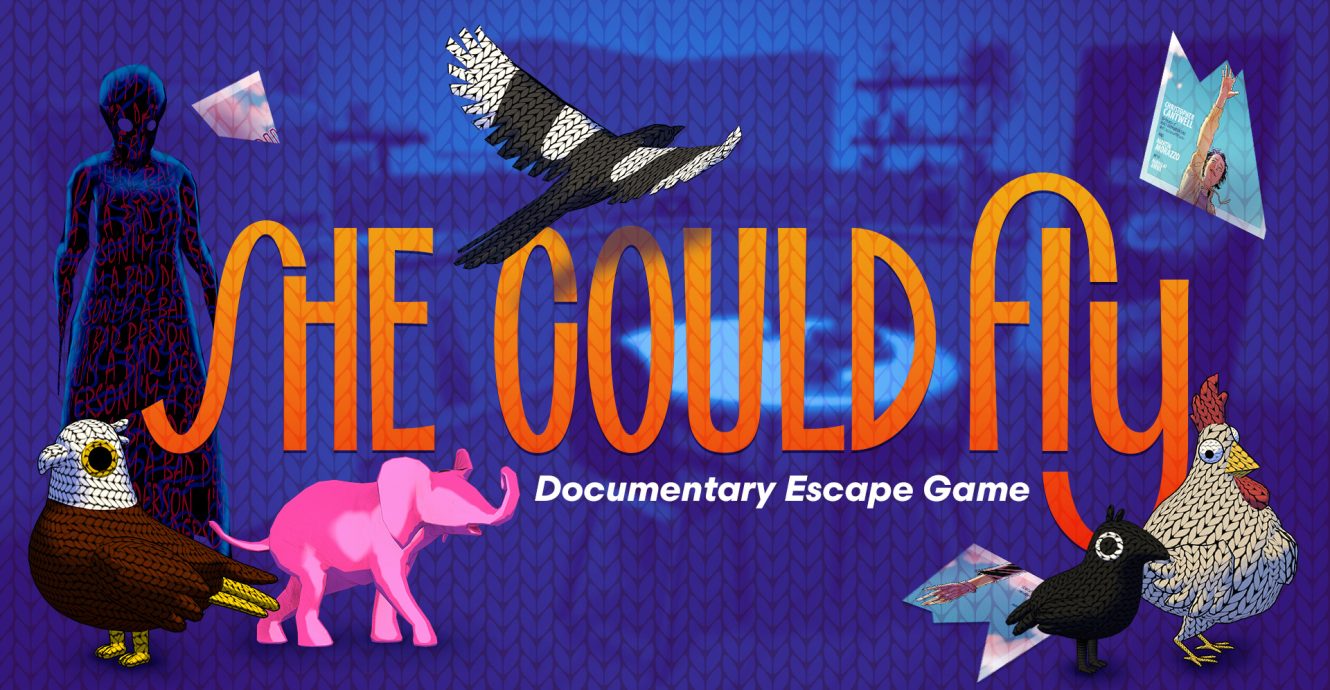
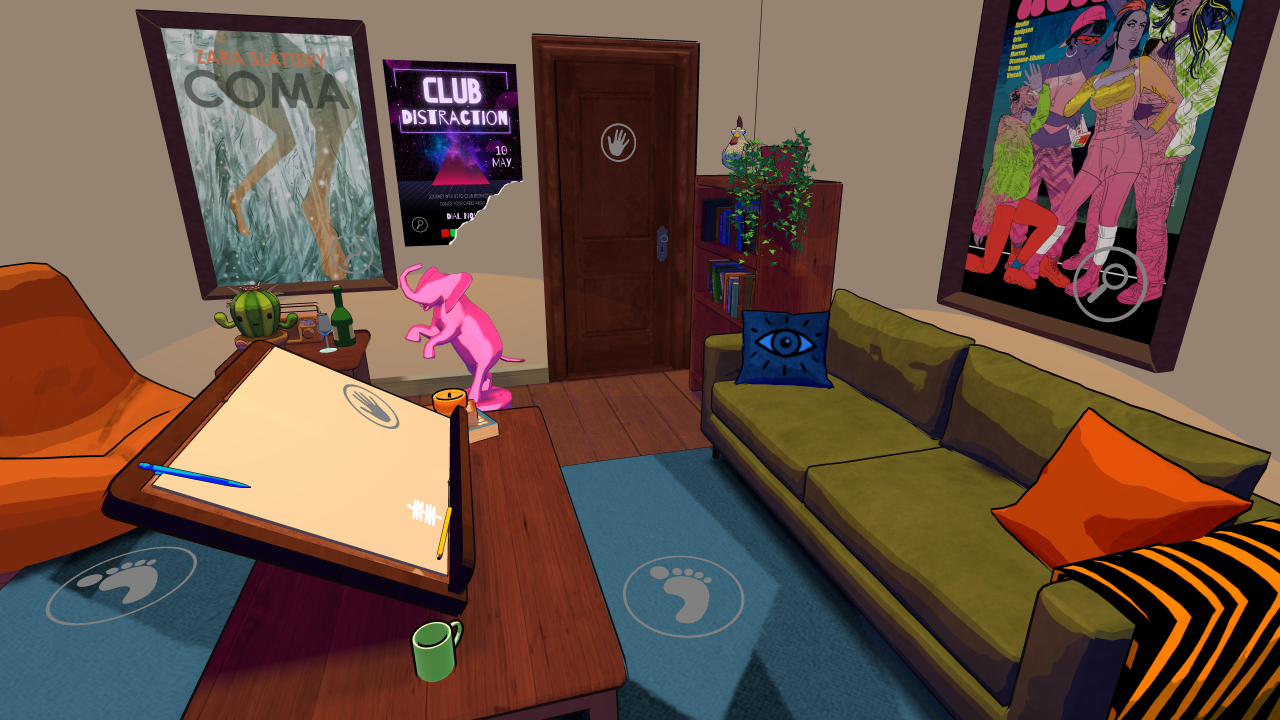
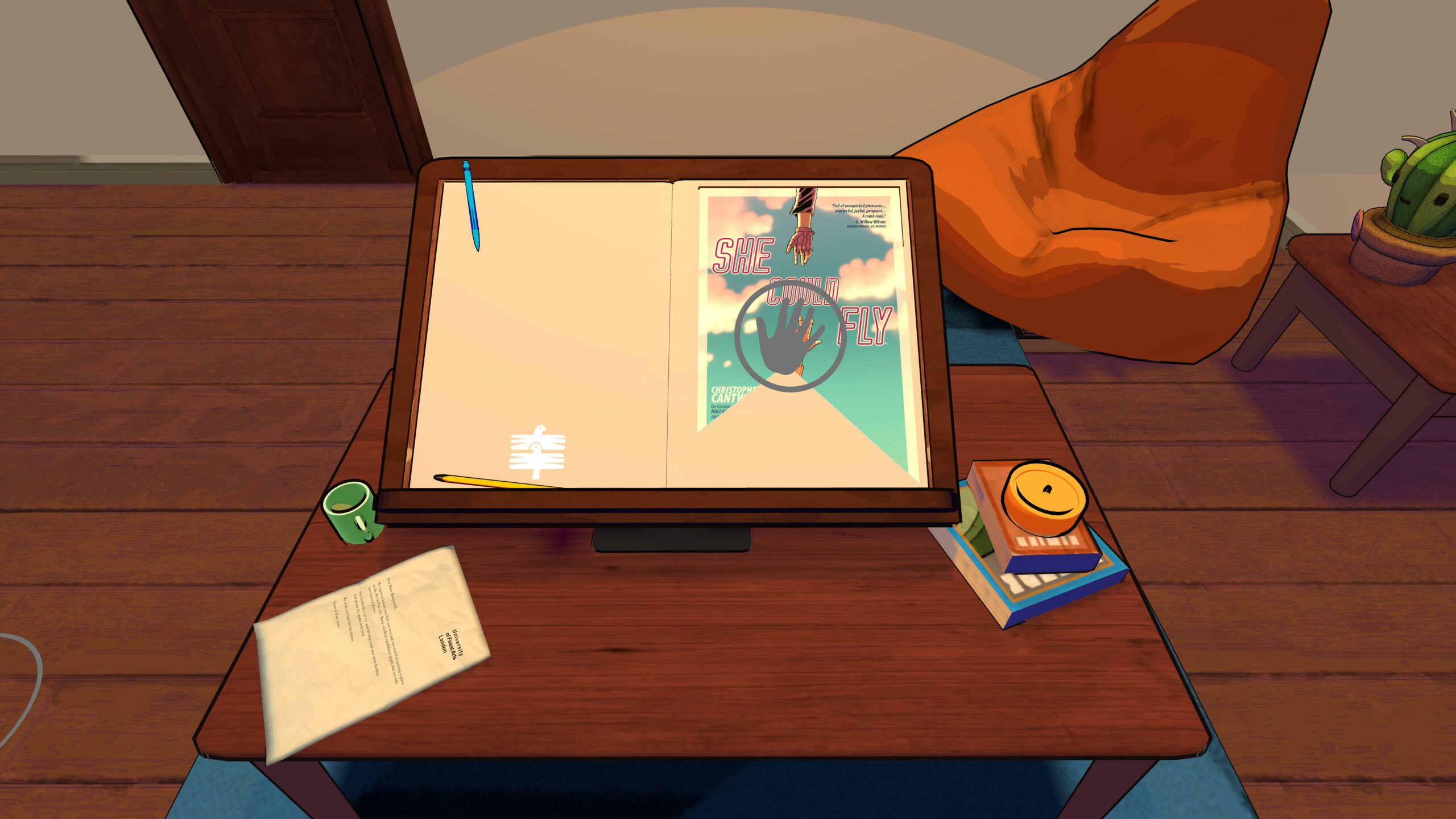
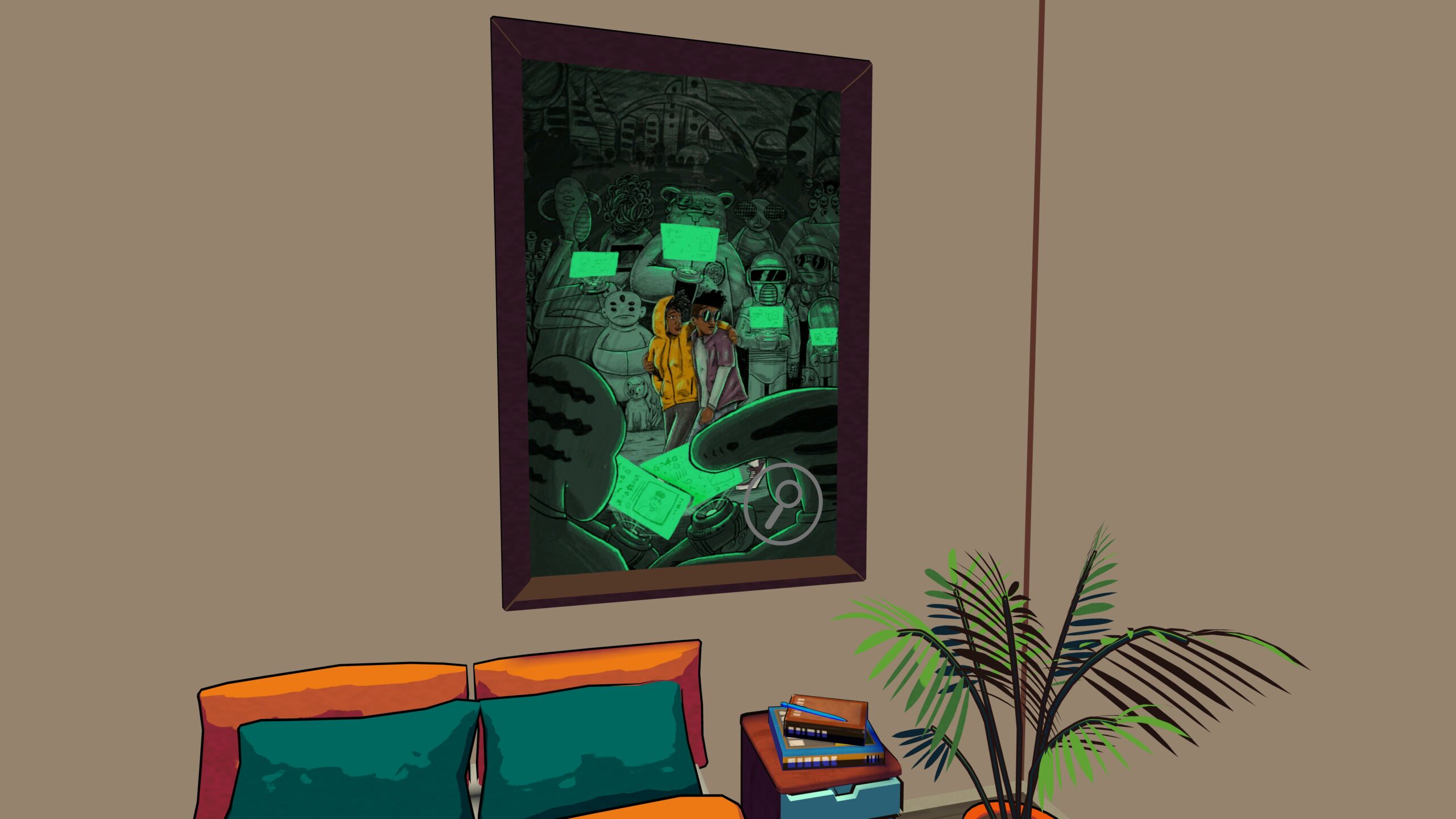
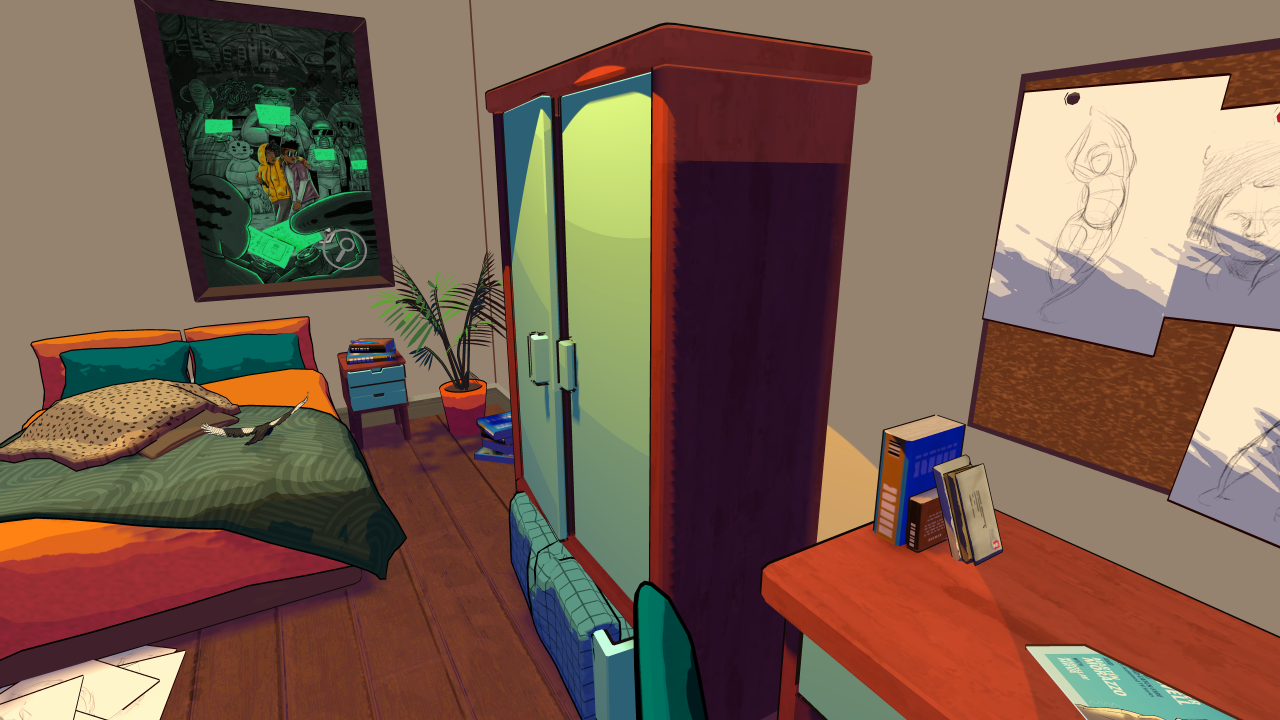
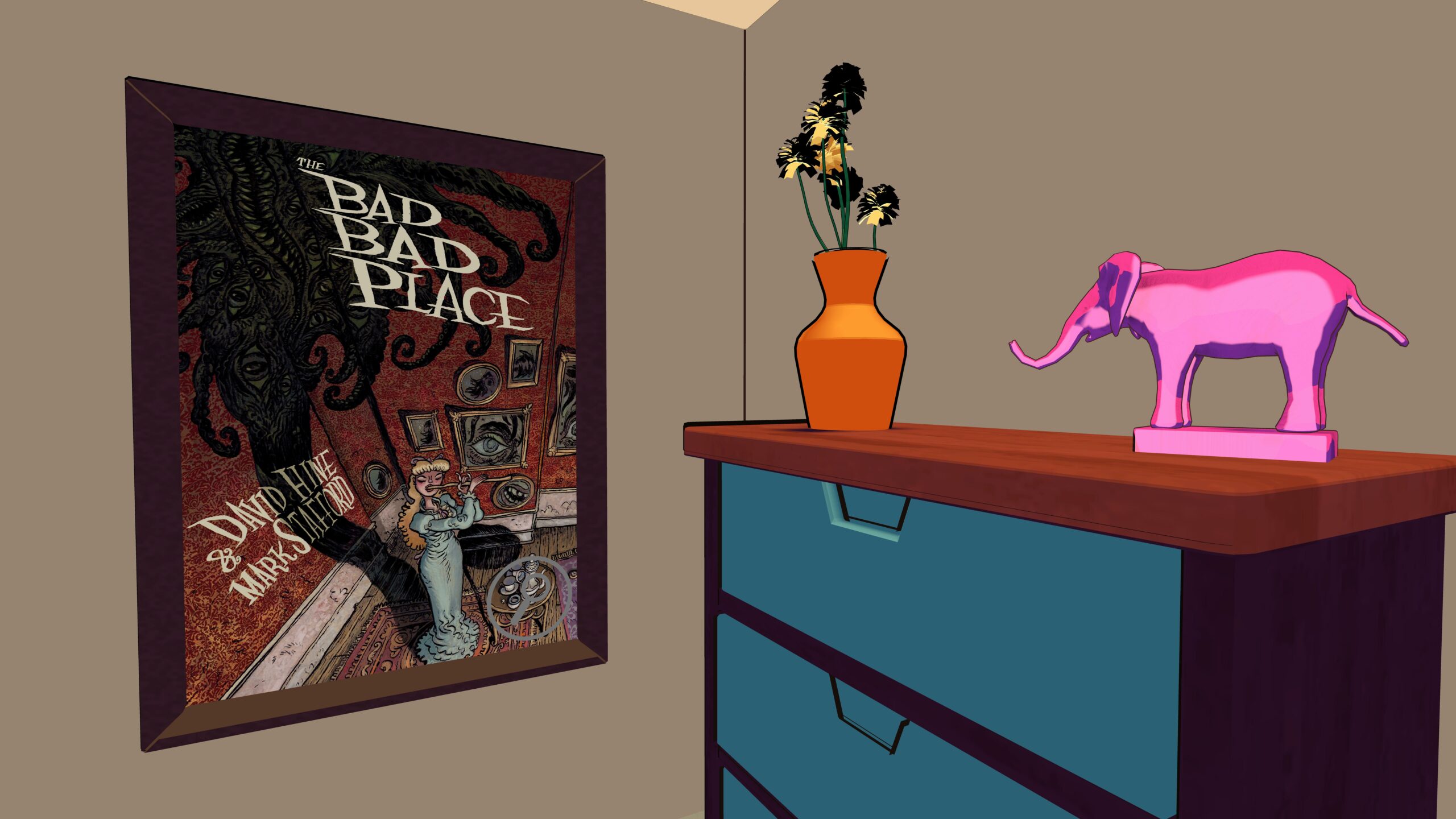
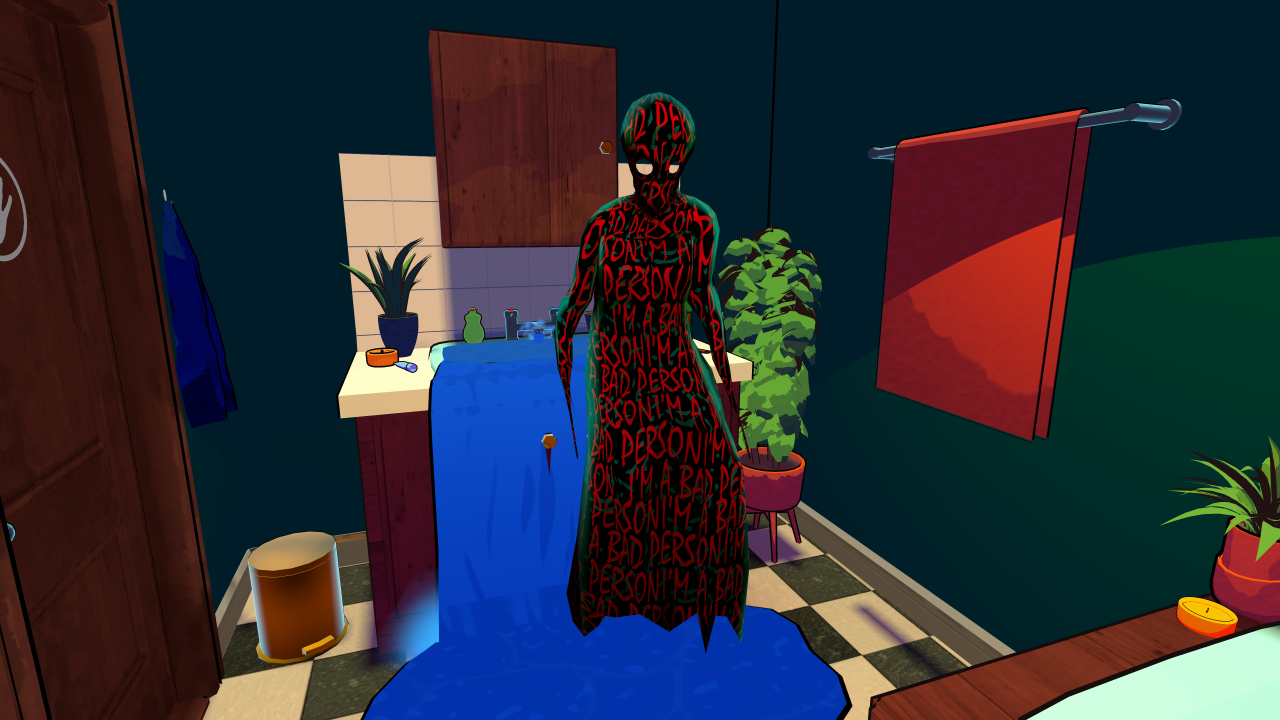
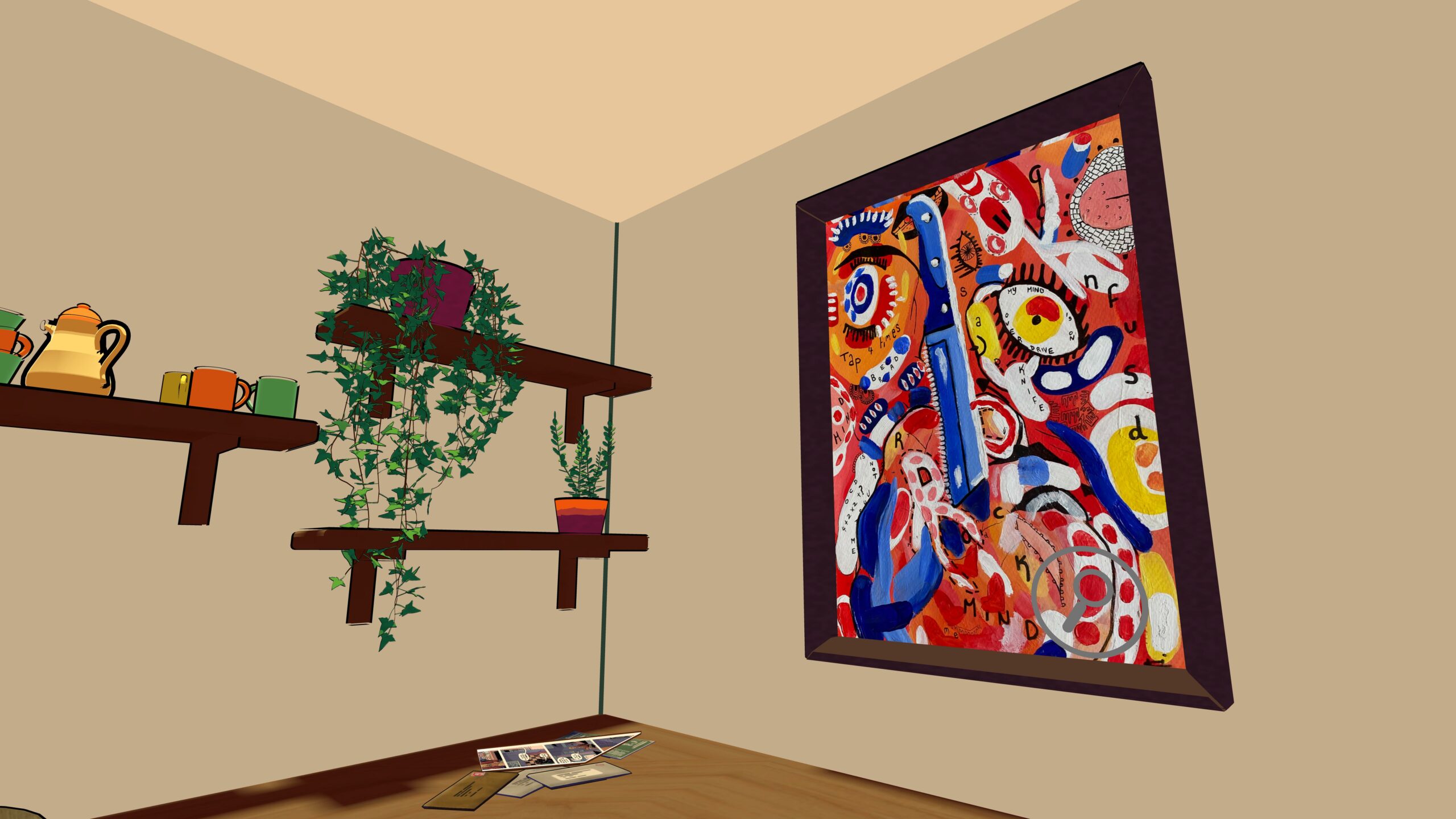
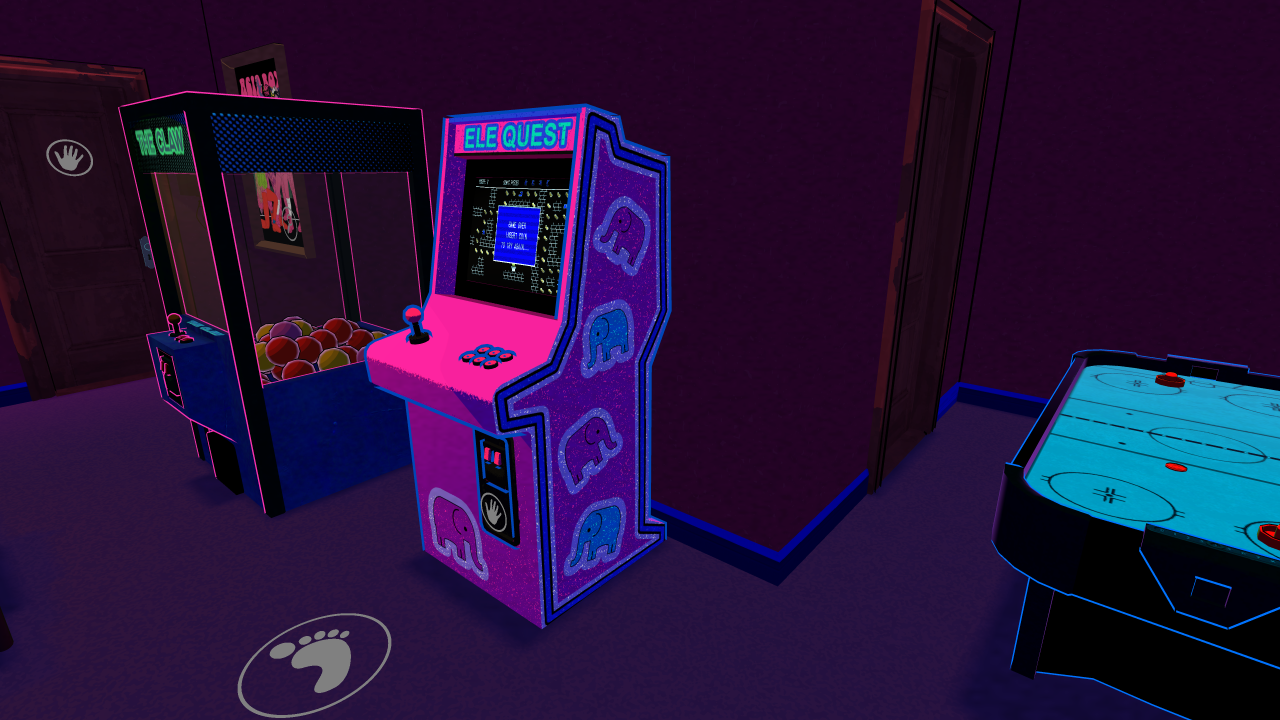
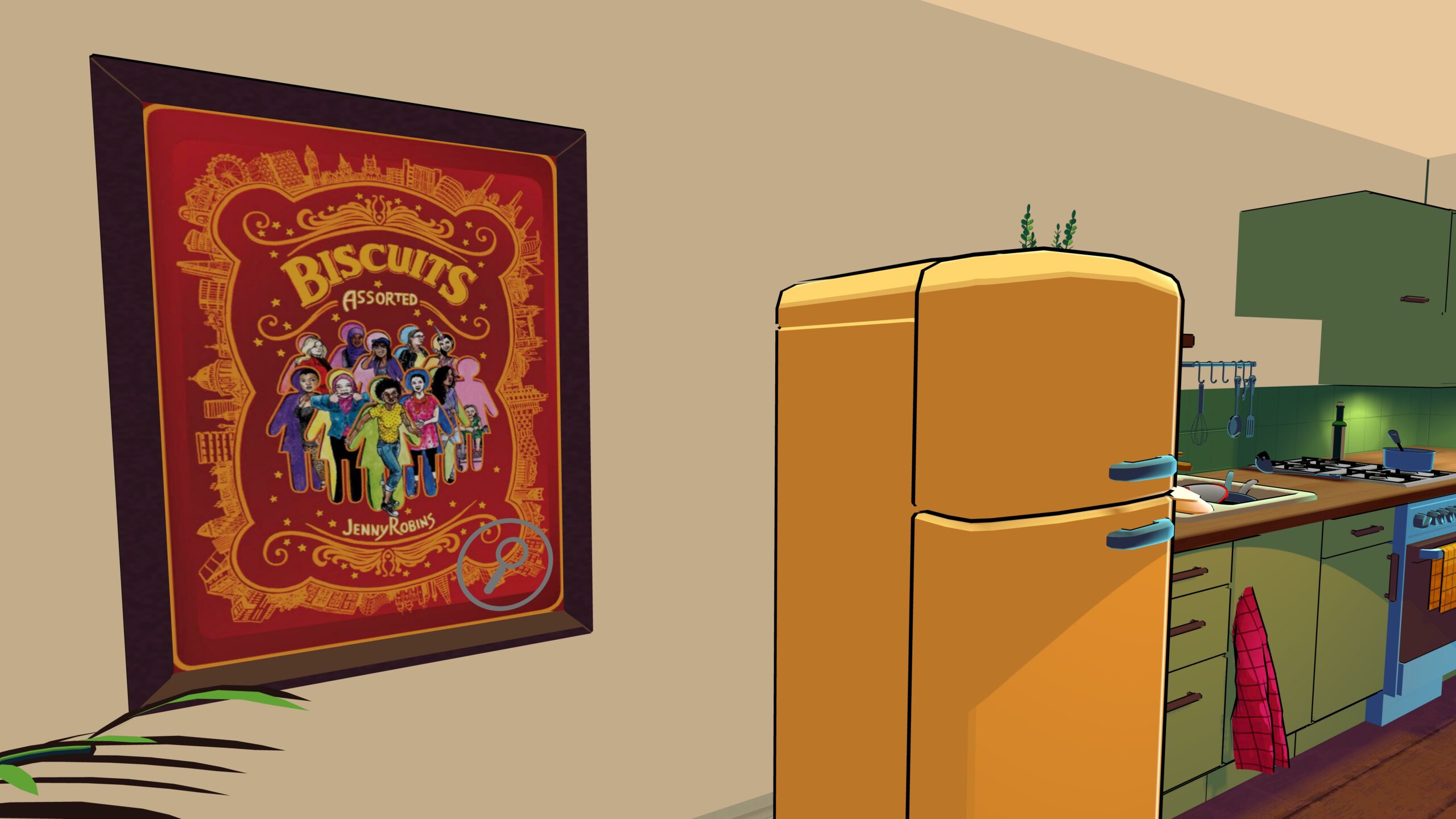
Comments
⚠️ Comments for this post are closed ⚠️